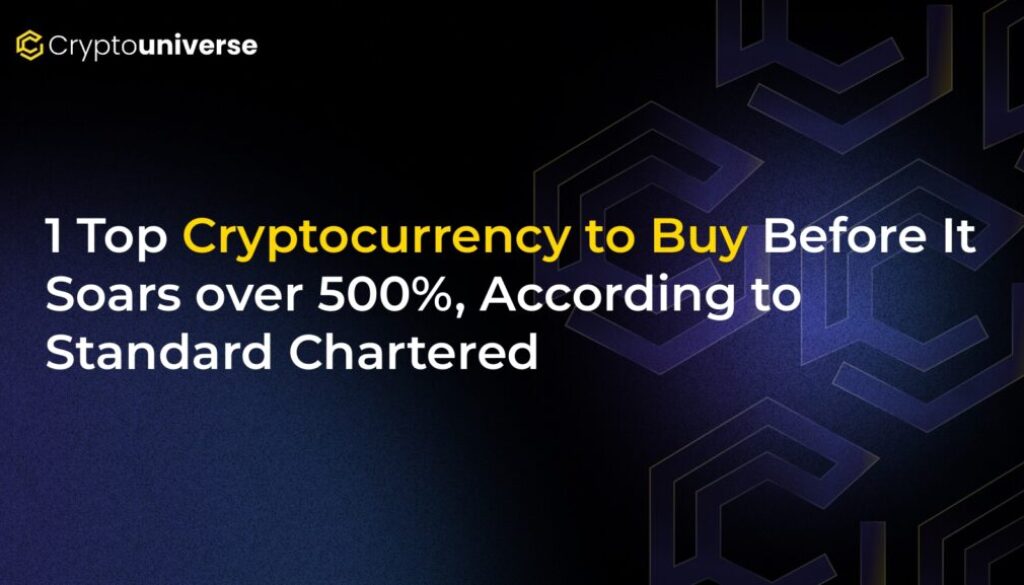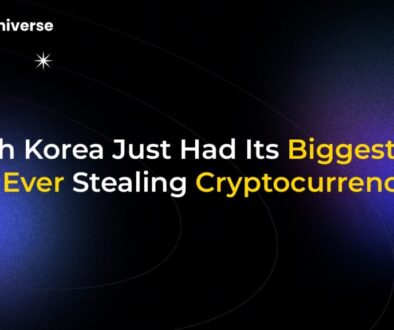1 Top Cryptocurrency to Buy Before It Soars over 500%, According to Standard Chartered

A Bold Prediction for the World’s Leading Smart Contract Platform
In the fast-paced world of digital assets, price predictions often stir up significant debate. However, when a multinational bank like Standard Chartered weighs in, investors tend to listen. The bank’s global head of digital assets research, Geoff Kendrick, has put forth a staggering forecast: Ethereum (ETH) could skyrocket to $25,000 by 2028.
This projection represents a potential upside of over 500% from its recent price levels. Kendrick’s analysis doesn’t stop there; he also anticipates Ethereum could reach $7,500 by the end of this year. While such targets may seem ambitious, the research points to powerful catalysts that could propel this
The Bull Case: What Could Drive Ethereum to $25,000?
Standard Chartered’s forecast isn’t based on simple speculation. It’s rooted in fundamental trends that are reshaping the financial landscape. Two primary factors underpin this optimistic view: massive institutional adoption and the explosive growth of decentralized finance (DeFi) and stablecoins.
1. The Wave of Institutional Money
The era of cryptocurrency being a retail-only phenomenon is long gone. Today, major corporations and institutional investors are accumulating digital assets at an accelerating rate. According to the Strategic Ethereum Reserve site, these large players now control approximately 10% of Ethereum’s total supply.
- Corporate Treasuries: Companies hold around 5.9 million ETH, valued at roughly $24 billion, on their balance sheets.
- Exchange-Traded Funds (ETFs): Another 6.4 million ETH, worth about $28 billion, is held within various ETFs, providing mainstream investors with regulated exposure.
Kendrick also argues that companies holding Ethereum have a distinct advantage over those holding Bitcoin. Thanks to Ethereum’s Proof-of-Stake consensus mechanism, companies can stake their ETH holdings. This process involves locking up coins to help secure the network in exchange for rewards, creating a yield-generating opportunity that Bitcoin does not offer. This potential for passive income makes Ethereum an arguably more attractive treasury asset.
2. The Stablecoin and DeFi Boom
Another critical growth driver is Ethereum’s central role in the DeFi and stablecoin ecosystems. The recent passage of the ‘Genius Act’ this summer has removed regulatory hurdles, sparking immense interest in stablecoins—cryptocurrencies pegged to stable assets like the U.S. dollar.
Standard Chartered predicts that as much as $1 trillion could flow from emerging market banks into stablecoins in the coming years. Given that over half of all stablecoins are issued on the Ethereum blockchain, according to data from DeFi Llama, Ethereum is perfectly positioned to capture a significant portion of this value transfer. This influx would not only increase demand for ETH to pay for transaction fees but also fuel further growth across the entire DeFi sector.
Is a 500% Gain Realistic? A Look at History
While a 500% increase over four years sounds extraordinary, it’s not without precedent for Ethereum. The network, which celebrated its 10th anniversary this summer, has a history of explosive growth phases. For context, Ethereum’s price soared by 470% in 2020 and another 400% in 2021.
Although past performance is not an indicator of future results, these historical rallies demonstrate that triple-digit annual gains are well within the realm of possibility for a high-growth asset like ETH, especially when fueled by strong fundamental drivers.
A Reality Check: Navigating the Risks Ahead
No investment comes without risk, and Ethereum is no exception. Before investing, it’s crucial to understand the potential headwinds that could challenge its path to $25,000.
Unshakeable Volatility
The crypto market remains notoriously volatile. A recent flash crash, triggered by escalating trade tensions, saw the total crypto market cap drop by 10% in just 30 minutes. This event led to nearly $19 billion in liquidations—the largest in crypto history. Such events are a stark reminder that Ethereum is still a relatively new and untested asset class, susceptible to sudden and severe price swings.
Rising Competition
Ethereum’s dominance is not guaranteed. As major financial institutions enter the stablecoin market, some may opt to build their own proprietary blockchains rather than relying on Ethereum. Furthermore, Ethereum faces stiff competition from newer, faster blockchains like Solana (SOL), often dubbed “Ethereum killers,” which aim to offer lower fees and higher transaction speeds.
The Final Verdict
Standard Chartered’s prediction paints a compelling picture of Ethereum’s long-term potential. The combination of growing institutional demand, the unique advantage of staking, and its foundational role in the burgeoning DeFi and stablecoin markets provides a powerful thesis for growth.
However, the journey will likely be volatile, with significant risks and fierce competition along the way. While reaching $25,000 is a distinct possibility, investors should conduct their own thorough research and ensure that high-risk assets like cryptocurrency only constitute a small, manageable portion of a well-diversified investment portfolio.


